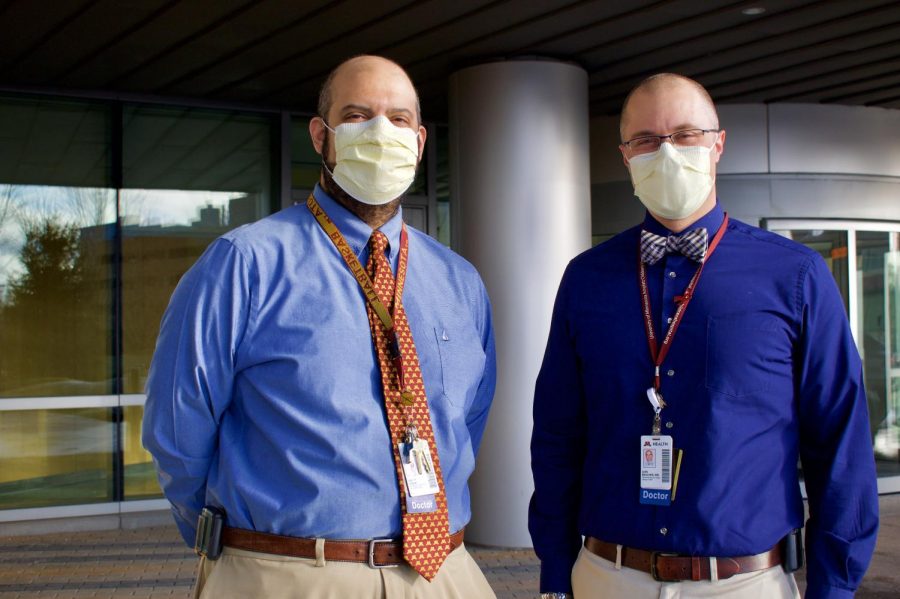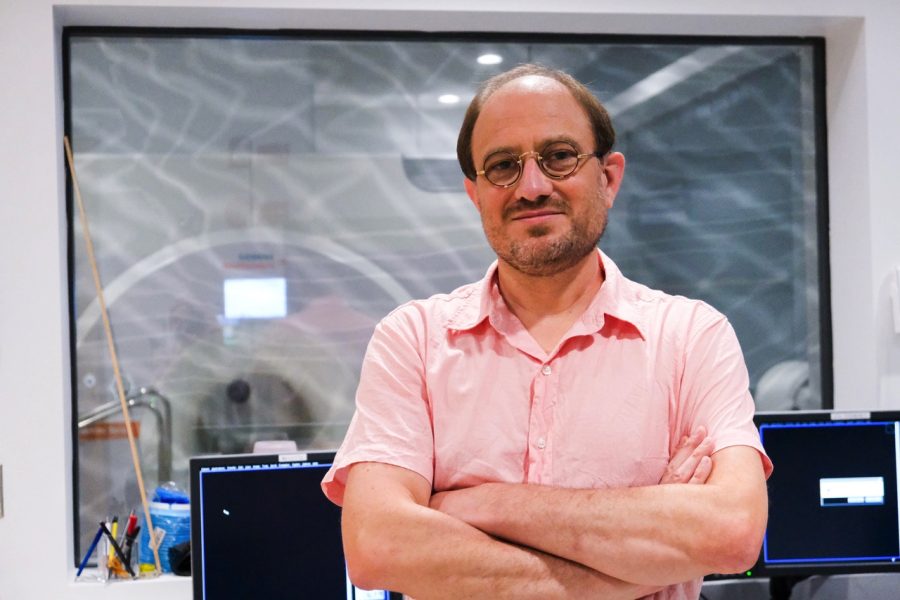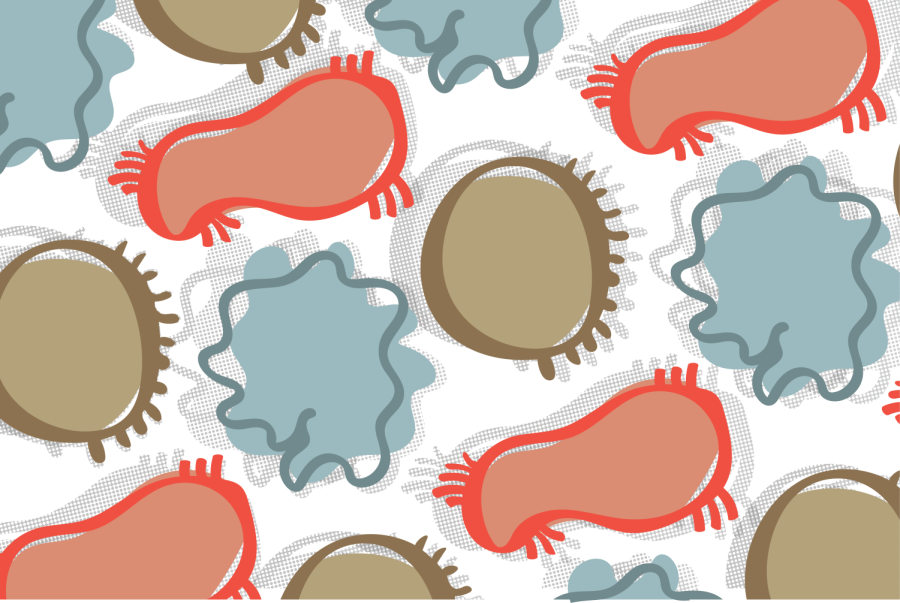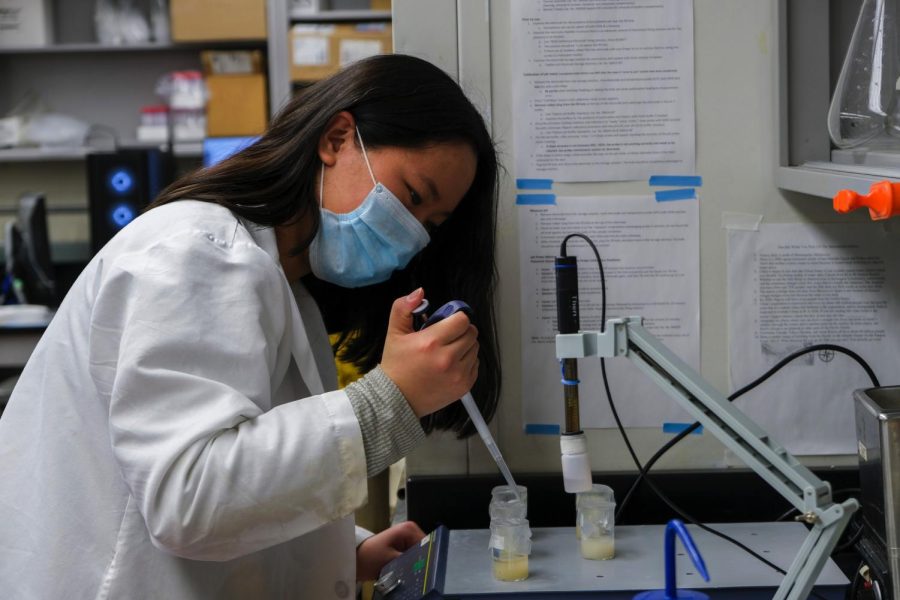A new University of Minnesota study shows companionship, diet changes and a common antidepressant called Duloxetine can reduce pain in mice with sickle cell disease. Although the researchers have yet to test their research in humans, this work could open new opportunities for pain treatment in sickle cell patients, a disease that almost exclusively relies on opioid treatment.
Sickle cell disease is a genetic condition that results in the variation of oxygen-carrying proteins in the blood. People with this condition have red blood cells that form a crescent, or sickle, shape. This means the cells do not circulate as they should and clump together, sometimes ceasing blood flow to certain regions of the body and causing painful inflammation.
Dr. Kalpna Gupta, lead author of the paper and professor of medicine at the University of California, Irvine, said she was intentional about publishing the study on Feb. 1, the first day of Black history month, as a tribute to African Americans with sickle cell disease.
According to the Centers for Disease Control and Prevention, one in every 13 Black Americans have sickle cell traits, and one in 365 has sickle cell disease. Worldwide the disease affects millions of people and is particularly common among those with ancestry from sub-Saharan Africa, the Caribbean, South and Central America, Saudi Arabia, India and Mediterranean countries like Turkey, Greece and Italy.
Because the pain for many patients with sickle cell disease is constant and hard to treat, many doctors prescribe opioids because it is one of the only forms of medication that can provide relief, Varun Sagi, a third-year medical student at the University and co-author of the paper, said.
Many patients who are prescribed opioids for chronic pain become so dependent on the medication that they cannot function without it, he said. Labeled addicts, opioid patients often face stigmatization in society, and added barriers of racism and discrimination have further criminalized those reliant on these drugs, Sagi said.
Studies have shown that physicians are more likely to prescribe opioids to white patients compared to Black patients. Additional research has shown that physicians are less sensitive to Black patients’ pain, and racial stereotyping, including concerns about opioid addiction and patients selling medication, contribute to chronic pain undertreatment among Black patients.
Many providers are also not trained to fully understand the disease, so some may overprescribe or underprescribe opioids for patients, Gupta said.
Additional guidelines from the CDC that limit the amount of opioids prescribed to patients further diminish providers’ ability to prescribe them, she said.
Living with the disease
Because those with the disease live with it for their whole lives, this chronic pain impacts a patient’s quality of life significantly, said Dr. Karim Sadak, a pediatric hematologist and oncologist in the University of Minnesota’s Department of Pediatrics. Sadak treats patients with cancers and blood disorders, like sickle cell disease, at the University’s Masonic Children’s Hospital, working alongside Dr. Alexander Boucher, who specializes in sickle cell disease research.
Some of the patients Sadak sees with sickle cell disease are infants, and others he has watched grow into adulthood with the condition.
Sadak said there is a broad spectrum of pain associated with the disease. Some patients experience minor pain with rare flare-ups that a straightforward medical plan can treat. Others have more severe pain with larger, more intense flare-ups that can fixate in the back, chest, abdomen or joints.
He said sometimes it is not even the physical pain itself that weighs on these patients but the anxiety about when the pain will flare up and its severity. Doctors visits, complex treatment plans and the effects of the condition on social development and interaction can be life-altering for both children and their parents, Sadak said.
Children can have to leave school, and parents often miss work to spend time at the hospital. Disruptions to daily life and activities, combined with the financial burden to pay for medical treatment and the stress associated with care, can contribute to depression, anxiety and post-traumatic stress issues later on, Sadak said.
“The anecdote that really sticks with me is seeing the desperation in the eyes of children and their parents when they’re in fear of pain and how much that detracts from the age-appropriate joyfulness we expect in children,” he said. “It extends well beyond the physical — before, during and after episodes of pain.”
Gupta emphasized the significant role of relationships and environment on a person’s well-being, something especially important during a pandemic.
Sadak said pain can be treated on a variety of fronts, and a comprehensive plan that considers the social and emotional well-being of patients helps physicians provide the most holistic care. This research brings physicians one step closer to giving their patients more choice in their treatment options, he said.
“The patients that we serve could benefit from us, their providers or medical team, having more options, more things in our tool belt to help prevent inadequately controlled pain,” he said. “There’s always room for improvement, and that’s definitely the case for chronic diseases of childhood, like sickle cell disease, where most patients, they’re living with this for their entire life.”
























NRPax
Feb 27, 2021 at 12:29 am
By definition, a treatment involves detoxification. Using a drug like cannabis is NOT an effective treatment; it might make one feel better through a high, but it’s not a permanent solution. But hey, now that cannabinoids have become popular, even Big Pharma/allopaths have begun to exploit it and use it to their advantage.
The Visual Capitalist even wrote an article about this in late 2019 because so many states had gotten on board with legalizing it even for recreational purposes.
It’s no surprise that cannabis dispensaries were kept open during the unconstitutional lockdowns. Parks and gyms were closed, but liquor stores and cannabis dispensaries were kept OPEN. How about that?
I’m a freedom lover, so I have no problem with cannabinoids being used. But only the misinformed would think that it’s an effective treatment for a condition which can be treated by eating nutritious food, consuming clean, oxygenated, structured water, avoiding electrosmog, going outside in nature, and making other improvements.
Daisy Avis
Feb 26, 2021 at 1:40 pm
Cannabis appears to be a safe and potentially effective treatment for the chronic pain that afflicts people with sickle cell disease, according to a new clinical trial as an alternative of opiods https://biomdplus.com/cbd-gummies/full-spectrum-cbd-gummies/.